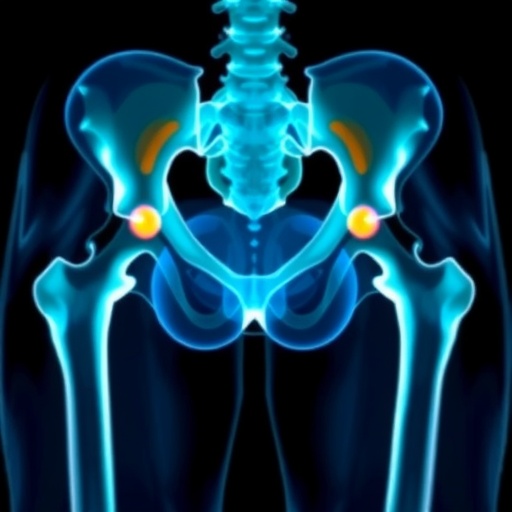
Credit: Indiana University
There are well documented risk factors associated with developing substance use disorder across all age groups. A recent study from IUPUI found those risk factors affect age groups differently and proposes a primary prevention strategy for substance use disorder that is individualized for people within defined age groups.
The study proposes a primary prevention strategy for SUD that is individualized for people within defined age groups. This approach is in contrast to current strategies that involve targeting individual substances being abused within a certain community or population.
“We need to start approaching the problem of substance use disorder from the basis of what makes individuals abuse one or more substances instead of what substances are abused in a community,” said Eric Afuseh, clinical assistant professor at the IUPUI School of Nursing. “The current prevention approach does not consider the fact that what makes a child develop a substance use disorder is different from what will cause an adult or older adult to abuse the same substance.”
The study, published in Substance Abuse Treatment, Prevention, and Policy, looked at more than 300 written articles, published between 1989 and 2019, to identify risk factors for substance use disorder among children, young adults, adults, and older adults. Researchers analyzed similarities and differences in risk factors across life stages and found that across all age groups, risk factors for developing SUD included adverse childhood experiences, trauma, chronic health diseases, environmental factors, family history, social determinants, and grief and loss.
However, despite the similarities, the contextual factors and life challenges associated with these risks varied according to life stages.
For children under 18, the study found risk factors included adverse childhood experiences and trauma, peer pressure, participation in organized athletics and a family history of misuse. For young adults (age 18-25), who may or may not have had childhood risk factors, the added stress of adulthood, latent family history, lack of positive parental role models, lack of employment, and academic stress were added risk factors.
Major risk factors for adults age 26-64, according to the study, are related to family life and career. Different careers associated with substance use disorders in adults include high-stress jobs and heavily physical jobs such as healthcare, military service, and law. While risk factors for adults over 65 are similar to those in younger groups, there are also unique age-related risk factors such as experiencing grief and loss more frequently, due to deaths among family and friends, and a greater tendency for chronic physical illnesses, such as arthritis and other chronic pain conditions, which increases the likelihood of misusing substances to relieve pain.
To create preventions that work, Afuseh’s team suggests screenings based on the identified risk factors in each age group. Screening results can be used to customize education and empowerment interventions such as mentoring, social media, targeted communications, workplace orientation information and more.
The age-based approach, Afuseh said, not only allows prevention methods to be individualized, it also takes off some of the burden off of healthcare workers, as anyone can initiate it including parents, educators and employers.
“Federal, state and local agencies have put resources and processes in place to address substance use disorders at different levels of the disease continuum,” Afuseh said. “But those strategies tend to address specific substances at the population level. To be truly effective, we need to account for the unique developmental factors and life stressors in different age groups, the potential misuse of more than one substance at a time and the multiple risk factors for developing a substance use disorder.”
Afuseh has proposed age-related screening, education and empowerment as a framework for primary prevention of SUD. Researchers will now work to design and test screening tools that can be administered to individuals of different age groups with recommended strategies to address each screening result.
###
Caitlin Pike and Ukamaka Oruche, of the School of Nursing IUPUI, co-authored the study.
Media Contact
April Toler
[email protected]
Original Source
https:/
Related Journal Article
http://dx.





